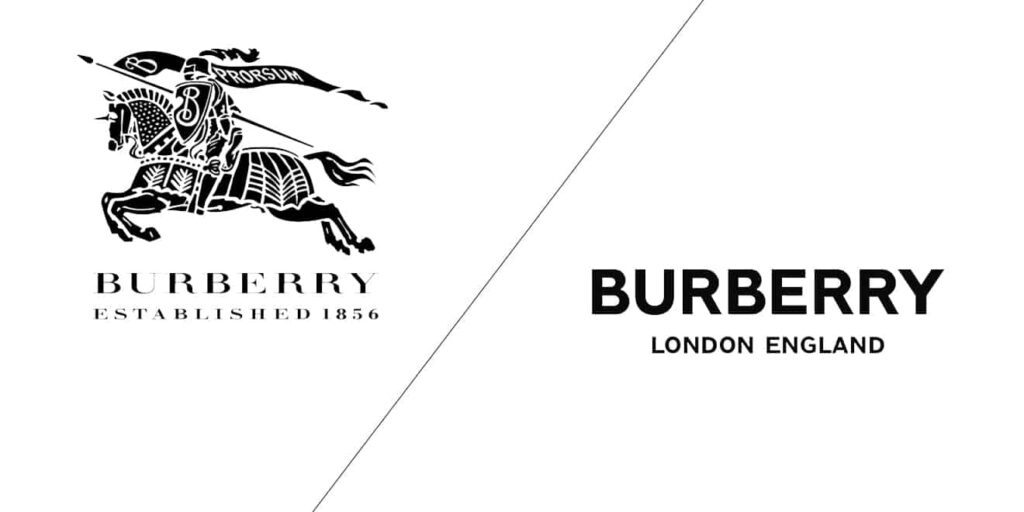Iconic Ads: Citroen – Eiffel Tower

Andre Citroen was also a marketing whiz and he understood of making an impact with advertisements and top of mind recall
A ten-year-old was enthralled by the ascent of France’s famed Eiffel Tower. His desire to become an engineer was sparked by the building’s design and the writings of French author Jules Verne.
This is how French entrepreneur and engineer André-Gustave Citron set out to build and market one of the most forward-thinking automobile brands in history.
Just three years old when the Paris Motor Show began in 1922, Citroen was a household name. One year after the end of the First World War, the corporation was founded. Despite this, André Citroen did not shy away from promoting his cars. He had an aeroplane skywrite “Citroen” over the Paris skyline, trailing above the Eiffel Tower, to commemorate the commencement of the car exhibition.
His ambition had only grown in scope by the time of the 1925 Paris Expo when he hired the Eiffel Tower, France’s most recognisable landmark. (In exchange for coordinating the city of Paris’ traffic signals, he obtained the right to advertise on the Eiffel Tower.)
Thousands of lights were installed across the upper half of the structure thanks to his team’s meticulous planning.
Paris had been transformed into a huge and opulent art deco landscape, with many of the city’s most iconic structures lit up at night as part of the Expo. In contrast, the Eiffel Tower loomed above them all, with three sides adorned with 250,000 lightbulbs that required 370 miles of wiring. Citron was written 92ft high in the form of letters by the bulbs.
The lights illuminated the skyline for miles around. When Charles Lindbergh, the first man to fly the Atlantic, landed safely at Le Bourget Airport in 1927, he is reported to have used the sign to help him navigate.
Citroen automobiles were prominently displayed for nine years at this location. But Citroen’s financial woes forced the lights to go out in 1934. André Citron died just a year later, making him a part of history.
Guinness World Records recognised it as the world’s biggest ad.
As a result, it became an essential part of daily life in Paris and remained on a famous landmark until 1934. The sign is reported to have been used by Charles Lindbergh, the first person to fly over the Atlantic when he came into land at Le Bourget Airport in 1927.
Despite the company’s eventual bankruptcy in 1934, the sign remained in place (perhaps because of its high electricity bills). Citroen was salvaged a month later by Michelin, which was Citroen’s largest creditor, at the request of the French government. After André Citron stepped down as chairman, Pierre Michelin took his place.





